The Untold Story of Sikhs in Afghanistan - From Prosperity to Perseverance
Imagine the bustling streets of Kabul in the 1970s—a vibrant mosaic of cultures where turbaned Sikh merchants haggled over spices and silks in crowded bazaars, their gurdwaras echoing with the harmonious chants of kirtan. Back then, the Sikh and Hindu communities together numbered around 700,000 souls, thriving in a land that had been their home for centuries. wikipedia.org. euaa.europa.eu
Some estimates even place the Sikh population alone at between 200,000 and 500,000 during this peak era, representing a significant minority in Afghanistan’s diverse tapestry. Fast forward to today, September 2025, and that once-flourishing community has withered to a fragile whisper—fewer than 100 Sikhs remain in the country, scattered like autumn leaves in the wind, clinging to their faith amid uncertainty. How did this happen? Let me take you on a journey through time, weaving the stories of arrival, prosperity, peril, and exodus that define the Sikhs of Afghanistan.
The Seeds of Faith: Guru Nanak's Footsteps and the Early Arrivals
Our tale begins not with conquest or migration en masse, but with a single enlightened traveler: Guru Nanak Dev Ji, the founder of Sikhism. In the early 16th century, during his fourth Udasi (spiritual journey) around 1517-1521, Guru Nanak traversed the rugged landscapes of what was then known as Khurasan, visiting places like Kabul, Jalalabad, and Ghazni. Thequint.com
He wasn’t “bringing” Sikhs in the sense of leading an army or caravan; rather, he sowed the seeds of a new faith among the local people, many of whom were Hindus or Buddhists at the time. Legend has it that in Kabul, he engaged in profound dialogues with Sufi saints and local scholars, spreading his message of unity, equality, and devotion to one God. Over time, these early converts—often from indigenous Afghan Hindu families, including Khatris who resisted conversion to Islam—formed the nucleus of the Sikh community. indianexpress.com. Sikhism in Afghanistan is as ancient as the religion itself, predating even the formal establishment of the Khalsa by Guru Gobind Singh Ji.
The community grew steadily over the centuries, bolstered by waves of Punjabi Sikhs who arrived as traders along the ancient Silk Road routes. Mughal emperor Babur, who captured Kabul in 1504, even described the city as “Hindustan’s own market,” a hub for caravans from the Indian subcontinent. amitavghosh.com. But a significant influx came in 1947, during the partition of India and Pakistan. Sikhs from the Potohar region in newly formed Pakistan fled persecution and crossed into Afghanistan, swelling the ranks and infusing fresh energy into the community. These newcomers brought with them skills honed in commerce, turning Afghanistan’s cities into hubs of economic activity.
The Heartbeat of the Bazaar: Jobs and Daily Life
What did these Sikhs do for a living? Picture them as the heartbeat of Afghanistan’s marketplaces—astute merchants dealing in textiles, spices, herbal medicines, and dry fruits. Many ran successful shops in Kabul’s bustling bazaars, while others ventured into money lending, photography, and even computer services in later years. hinduamerican.org. They were known for their honesty and hard work, often serving as herbalists (hakims) who provided remedies drawn from ancient Ayurvedic traditions. In a land of warriors and nomads, the Sikhs carved out a niche as peaceful entrepreneurs, contributing to the economy without wielding swords. Their gurdwaras doubled as community centers, where langar (free meals) fed the hungry regardless of faith, embodying the Sikh principle of seva (selfless service).
Beacons of Hope: Famous Sikhs Who Shaped Afghan History
Among these resilient people emerged figures who left indelible marks on Afghan history. Take Anarkali Kaur Honaryar, the first non-Muslim woman elected to Afghanistan’s parliament in 2005, a fierce advocate for women’s rights and minority protections. Then there’s Narinder Singh Khalsa, a nominated Sikh member of parliament who represented his community during turbulent times. Gajinder Singh Safri and Jai Singh Fani also served as MPs, bridging cultural divides in a fractured nation. In the military realm, Sikhs like Engineer Avtar Singh Ahuja and Joginder Singh Premi donned uniforms in the Afghan army during the 1970s, proving their loyalty to their adopted homeland. And let’s not forget community leaders like Khajinder Singh Khurana, who tirelessly worked for Sikh welfare until his passing in 2020. These individuals weren’t just survivors; they were beacons of hope, illuminating the path for their kin. theworldsikhnews.com
Storms of Invasion: Life Under Soviet, US, and Taliban Rule
But the winds of change turned stormy with the Soviet invasion in 1979. As Russian tanks rolled into Kabul, igniting a decade-long war, the Sikhs found themselves caught in the crossfire. Bombs rained down, and the once-safe neighborhoods became battlegrounds. Many families packed their belongings and fled, seeking refuge from the chaos that claimed countless lives. britannica.com. The civil war that followed in the 1990s, pitting mujahideen factions against each other, brought further horrors—looting, kidnappings, and forced conversions. Sikhs, identifiable by their turbans and beards, became easy targets for extremists who viewed them as outsiders.
The rise of the Taliban in 1996 marked a dark chapter. Under their iron-fisted rule, Sikhs were forced to wear yellow badges or patches to identify themselves, echoing painful historical persecutions. Gurdwaras were desecrated, businesses seized, and families endured harassment. Yet, amid the oppression, stories of quiet defiance emerged—like Sikhs who continued to practice their faith in secret, reciting the Mool Mantar under their breath.
The U.S.-led invasion in 2001 toppled the Taliban, ushering in a fragile era of hope. International aid flowed, and some Sikhs returned, rebuilding their lives under the NATO-backed government. But peace was illusory; insurgent attacks persisted, and groups like ISIS targeted minorities. The 2020 suicide bombing at Gurdwara Har Rai Sahib in Kabul, which killed 25 worshippers, shattered any illusions of safety. cfr.org
When the Taliban reclaimed power in 2021, fear gripped the community anew. Promises of protection rang hollow as restrictions tightened, and attacks continued—even into 2022, with an armed assault on a Kabul gurdwara killing two. crisisgroup.org
The Bitter Exodus: Why Their Numbers Dwindled and Where They Went
Why did their numbers dwindle so drastically? The answer lies in a relentless barrage of factors: decades of war eroded economic stability, making it impossible to sustain businesses or families. wikipedia.org. Persecution—from forced Islamization to outright violence—drove waves of emigration. By the 1990s, over 15,000 families had fled during the civil war alone. Lack of opportunities for education and jobs compounded the crisis, while targeted attacks by extremists like the Taliban and ISIS sealed the fate of many. tolonews.com. The 2021 Taliban resurgence triggered the final exodus, leaving behind empty gurdwaras and faded memories. Today, with fewer than 100 remaining—mostly in Kabul and Jalalabad—the community teeters on the brink. state.gov
Where did they go? Most Afghan Sikhs sought sanctuary in neighboring India, particularly in Delhi and Punjab, where they could reconnect with their cultural roots and access gurdwaras like those in New Delhi’s Paharganj area. Others ventured farther—to the United Kingdom, Germany, and other parts of Europe, where diaspora communities offered support. Canada and the United States became havens for many, with cities like Toronto and New York hosting thriving Afghan Sikh enclaves. Australia also welcomed refugees, providing a fresh start away from the turmoil. aljazeera.com. In these new lands, they preserved their heritage, building gurdwaras and sharing stories of their Afghan past with younger generations.
As we reflect on this saga, the Sikhs of Afghanistan remind us of the fragility of home and the enduring spirit of faith. From Guru Nanak’s footsteps to the echoes of empty temples today, their story is one of profound loss but also unbreakable resilience. May the world remember them, and may Waheguru grant peace to those who remain and those who have journeyed afar. If you’re inspired by this tale, share it and support Sikh causes worldwide—because in the end, we’re all part of one global Sangat.
Gurdwaras in Afghanistan: A History of Presence and Peril
Afghanistan has a long and storied history of gurdwaras (Sikh places of worship), dating back centuries to the early days of Sikhism. These sites were once numerous and vibrant centers for the Sikh community, which thrived as merchants and traders along ancient routes like the Silk Road. Below, I’ll outline the historical and current status based on reliable sources.
Historical Gurdwaras: A Legacy Tied to Sikh Origins
Afghanistan’s gurdwaras trace their roots to the 16th century, when Guru Nanak Dev Ji, the founder of Sikhism, is believed to have traveled through the region during his Udasis (spiritual journeys) around 1517–1521. He visited cities like Kabul, Jalalabad, and Ghazni, engaging in dialogues with local Sufi saints and scholars, which inspired early converts among Afghan Hindus and others. sikhiwiki.org. These visits led to the establishment of commemorative gurdwaras, marking the faith’s ancient presence in the land (then part of Khurasan). theprint.in, scribd.com
Key historical gurdwaras included
Gurdwara Guru Nanak Dev Ji, Kabul (Jade Mewan)
Built to commemorate Guru Nanak's visit; demolished in the 1950s for road widening
Gurdwara Baba Siri Chand, Kandahar
Nanak's son; housed a 1668 CE manuscript of the Guru Granth Sahib from Guru Tegh Bahadur's era. Destroyed in later conflicts
Gurdwara Choha Sahib (Chashma Sahib), Jalalabad
Marks Guru Nanak's stay; one of two large gurdwaras there in the early 2000s, but heavily damaged in the 1989 Battle of Jalalabad
Gurdwara Khalsa (Dera Bhai Gurdas), Kabul (Shor Bazaar)
One of the oldest, built during Guru Hargobind's time (early 17th century); contained 1861 CE manuscripts. Destroyed in the 1990s civil war.
Gurdwara Bhai Pirana, Ghazni (Saria Lahoriya)
Named after a devotee of Guru Arjan and Guru Hargobind; survived into the mid-20th century but lost in wars.
Gurdwara Karte Parwan (Dashmesh Pita Guru Gobind Singh), Kabul
The only fully surviving major gurdwara in the country, located in the Karte Parwan neighborhood. It dates to the 20th century but serves as a symbol of resilience. Despite Taliban protection, it was stormed by ISIS-K gunmen in March 2020 (25 killed) and bombed in June 2022 (2 killed, including a Sikh worshipper). bbc.com.
As of late 2023, it opens daily for limited hours (1 hour morning, 30 minutes evening) with Sri Guru Granth Sahib Prakash (installation). A watchman verifies visitors, and it’s one of about 9 gurdwaras in Kabul (mostly ruins or minimally maintained). timesofindia.indiatimes.com
Two large ones survived into the 2000s, including the historic Chashma Sahib. Post-2018 ISIS bombing (10 Sikhs killed nearby), only remnants remain; used sporadically by the few dozen families there.
In 2023, about 50 Sikhs/Hindus remained, guarding 9 gurdwaras and 2 temples in Kabul alone, but daily services are curtailed, and public celebrations are banned. The UN and human rights groups note ongoing risks, with many fleeing to India, Canada, or the UK. Preservation efforts are minimal, and these sites risk fading entirely without international support. Afghanistan’s gurdwaras embody the Sikh community’s enduring faith amid tragedy. For more, resources like SikhiWiki or World Gurudwaras document their legacy. hrw.org
A Global Effort: Preserving Afghan Sikh Heritage
In 2021, India airlifted 600 Afghan Sikhs and Hindus to safety, a lifeline amid Taliban rule. The UN and human rights groups monitor minority conditions, while the Sikh diaspora funds Gurdwara Karte Parwan’s upkeep despite 2020 and 2022 ISIS-K attacks. Efforts to restore symbols like Tahkta Pul’s Nishan Sahib (2021) show resilience, though Taliban bans on public worship hinder progress. In Canada and India, preserved manuscripts and oral histories keep the legacy alive, hinting at a future where Afghan Sikh heritage might endure beyond its homeland.
Afghan Sikh Refugee Tales
The plight of Afghan Sikhs has birthed stories of courage and loss. Here are two that echo their journey.
In 1996, Harpreet Kaur fled Kabul after her husband died in a Jalalabad blast targeting Sikh leaders. With her children and a Muslim girl she raised as her own, she trekked to Delhi, leaving behind her home. “I carried the Guru Granth Sahib, not my possessions,” she recalls, now struggling in Tilak Vihar, her heart still in Afghanistan.
In 2021, Baldeep Singh, 24, escaped Kabul as the Taliban advanced. Separated from his family during the chaos, he reached Delhi, selling mobile covers to survive. “The Talibs took our gurdwara, but not our faith,” he says, hoping his parents, smuggled to Pakistan, will join him soon.
These tales of sacrifice and hope resonate deeply, reflecting the Sikh spirit amid adversity.
-
Sikhs in Chile
Sikhs in Chile: A Small but Vibrant Community in South America Welcome to Global Sikhi Wiki, your comprehensive resource for exploring Sikh history, culture, and global communities. Today, we delve
Published by Pritam -
Sikhs in Bermuda
Sikhs in Bermuda: A British Overseas Territory Welcome to Global Sikhi Wiki, your comprehensive resource for exploring Sikh history, culture, and global communities. Today, we delve into the vibrant story
Published by Pritam -
Sikhs in Belize
Sikhs in Belize — a small but significant thread in the Caribbean Welcome to Global Sikhi Wiki, your comprehensive resource for exploring Sikh history, culture, and global communities. Today, we
Published by Pritam -
Why a New York Street Honors a Sikh Guru
Why a New York Street Honors a Sikh Guru-Guru Teg Bahadur Ji Marg Way A Historic Honor in New York Welcome to Global Sikhi Wiki, your comprehensive resource for exploring
Published by Pritam -
Sikhs in Malaysia – From Struggle to Strength
Sikhs in Malaysia: A Tapestry of Courage, Faith, and Unyielding Spirit Welcome to Global Sikhi Wiki, your comprehensive resource for exploring Sikh history, culture, and global communities. Today, we delve
Published by Pritam -
Sikhs in France
Sikhs in Malaysia: A Tapestry of Courage, Faith, and Unyielding Spirit Welcome to Global Sikhi Wiki, your comprehensive resource for exploring Sikh history, culture, and global communities. Today, we delve
Published by Pritam -
Sikhs in Fiji
Sikhs in Fiji: A Journey of Resilience and Contribution in Modern Oceania Welcome to Global Sikhi Wiki! In this blog post, we explore the vibrant history and enduring legacy of
Published by Pritam -
Sikhs in Germany
Sikhs in Germany – Building Faith and Community in Modern Europe Germany, the land of poets, philosophers, and thinkers, is home to one of the lesser-known yet deeply rooted Sikh
Published by Pritam -
Sikhs in Japan
Sikhs in Japan : Small Community, Big Stories Among all the countries I’ve studied, Japan is perhaps the first where I found no illegal Sikh immigration network — just a
Published by Pritam -
Sikhs in Argentina
Sikhs in Argentina: Bibiana Jasbe Singh Kaur Born in Argentina, Bibiana straddles two identities. Though her Sikh ancestors forbade beef, she acknowledges that at social events and in local culture,
Published by Pritam -
The Heartbreaking Journey of Harjit Kaur
The Heartbreaking Journey of Harjit Kaur In the dusty villages of Punjab, where the mustard fields sway like whispers of forgotten dreams under the relentless Indian sun, Harjit Kaur was
Published by Pritam -
Sikhs in Mexico
Sikhs in Mexico: Forgotten Journeys and Resilient Roots By [ Global Sikhi Wiki Team] | Published on GlobalSikhiWiki.com | September 23, 2025 IST It was the early 1900s. Ships left
Published by Pritam -
The Bitter Exodus of Sikhs from Afghanistan
The Bitter Exodus of Sikhs from Afghanistan Picture this: The sun rises over Kabul's ancient bazaars in the 1970s, where the air hums with the chatter of turbaned Sikh traders
Published by Pritam -
Decline of Sikhs in China
The Decline of Sikhs in China: A Multifaceted Historical Narrative The history of Sikhs in China is a poignant, often overlooked chapter in the global Sikh diaspora, marked by a
Published by Pritam -
Sikhs in Afghanistan
The Untold Story of Sikhs in Afghanistan - From Prosperity to Perseverance Imagine the bustling streets of Kabul in the 1970s—a vibrant mosaic of cultures where turbaned Sikh merchants haggled
Published by Pritam -
Sikhs in China
Sikhs in China: A Hidden Chapter of Sikh Heritage Hello, readers! Welcome to another intriguing exploration of Sikh heritage on GlobalSikhiWiki.com. Imagine a turbaned Sikh policeman patrolling the bustling streets
Published by Pritam -
Famous Sikhs in Singapore
Famous Sikhs in Singapore: Trailblazers of Faith, Resilience, and Legacy Hello, readers! Welcome to another captivating deep dive into the rich tapestry of Sikh heritage on GlobalSikhiWiki.com. Have you ever
Published by Pritam -
Sikh Gurdwaras in Singapore
Sikh Gurdwaras in Singapore: Epic Sanctuaries of Faith, and Hidden Legends! Hello, readers! Welcome to another deep dive into the electrifying world of Sikh heritage on GlobalSikhiWiki.com. Imagine this: a
Published by Pritam -
Sikhs in Singapore
The Vibrant Sikhs in Singapore : A Story of Resilience and Contribution Hello, readers! Welcome to another deep dive into the multicultural tapestry that makes Singapore such a fascinating place.
Published by Pritam -
Famous Sikhs in Italy
Famous Sikhs in Italy: Leaders, Entrepreneurs & Community Figures Primarily hailing from Punjab, India, Sikhs began migrating significantly in the 1980s, drawn to agricultural opportunities in northern and central regions
Published by Pritam -
Sikh Gurdwaras in Italy
The History of Sikh Gurdwaras in Italy: Pillars of Faith and Community The history of gurdwaras in Italy mirrors the broader narrative of Sikh migration. Sikhs first arrived in small
Published by Pritam -
Sikhs in Italy
Two Sikh soldiers using a Bren light machine gun in the World War II (Italian campaign) near Villa Grande (15 January 1944) Sikhs in Italy: A Journey of Faith, Hard
Published by Pritam -
Sikhs in Thailand
Sikhs in Thailand : History, Community, and Contributions The Sikh community in Thailand, though small in number, has left an indelible mark on the nation’s cultural, economic, and social landscape.
Published by Pritam -
First copy of Guru Granth Sahib in new Zealand
Phomen Singh was born in Punjab, India, and was brought up in the Moga district, in a village called Charik. Guru Granth Sahib was first brought over by Phomen Singh
Published by Pritam -
First Sikh Doctor in Yuba City
Dr. Gulzar Singh Johl (born June 28, 1923) was the first medical doctor of Sikh, Punjabi and South Asian heritage to practice medicine in the Yuba City area,California, USA. Dr.
Published by Pritam
-
 Sikhs in Chile
Sikhs in Chile
-
 Sikhs in Bermuda
Sikhs in Bermuda
-
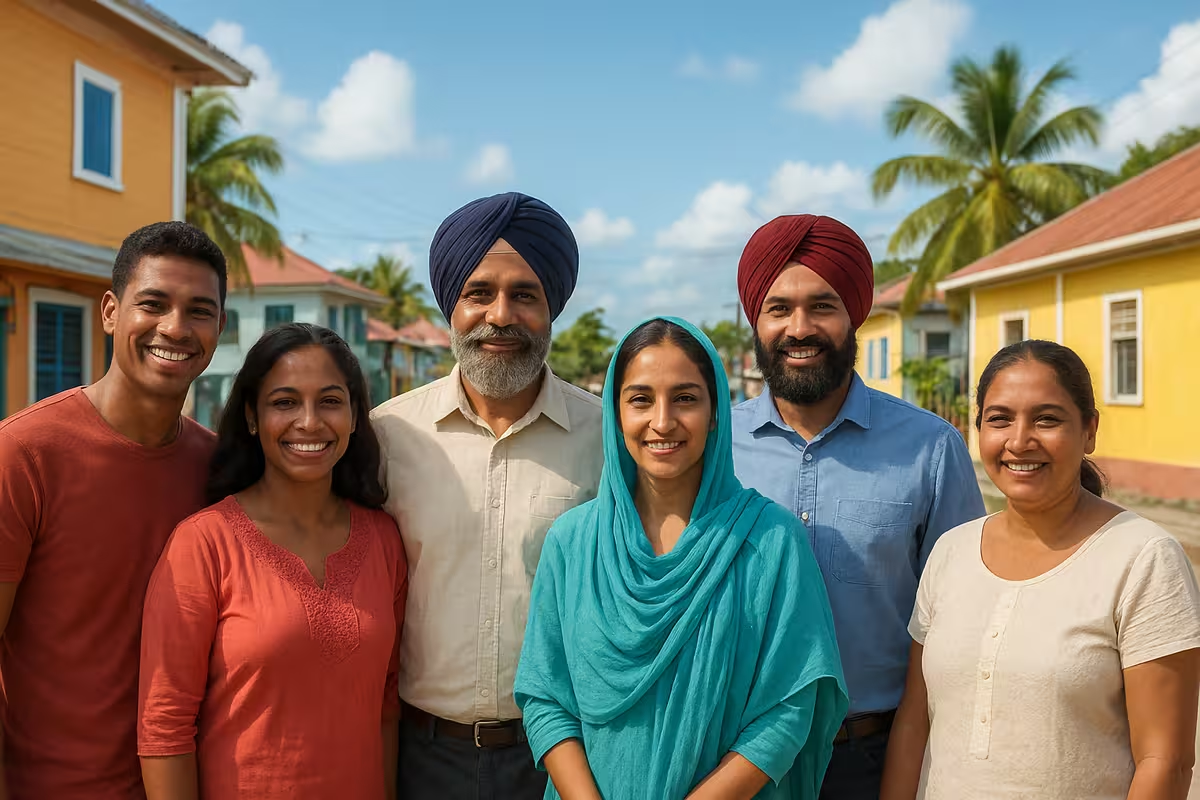 Sikhs in Belize
Sikhs in Belize
-
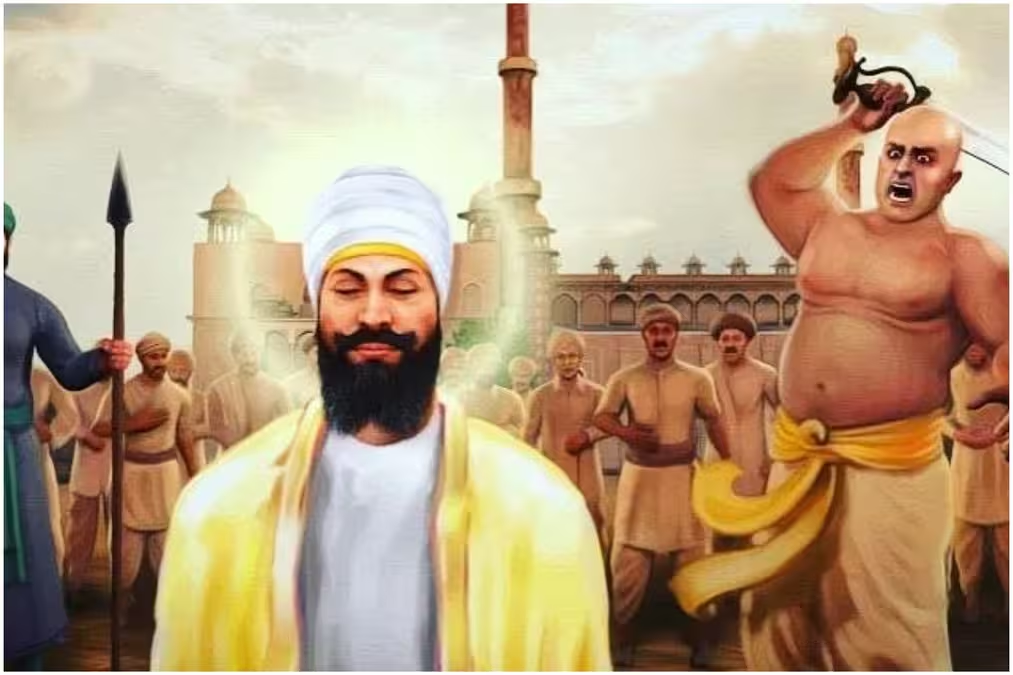 Why a New York Street Honors a Sikh Guru
Why a New York Street Honors a Sikh Guru
-
 Sikhs in Malaysia – From Struggle to Strength
Sikhs in Malaysia – From Struggle to Strength
-
 Sikhs in France
Sikhs in France
-
 Sikhs in Fiji
Sikhs in Fiji
-
 Sikhs in Germany
Sikhs in Germany
-
 Sikhs in Japan
Sikhs in Japan
-
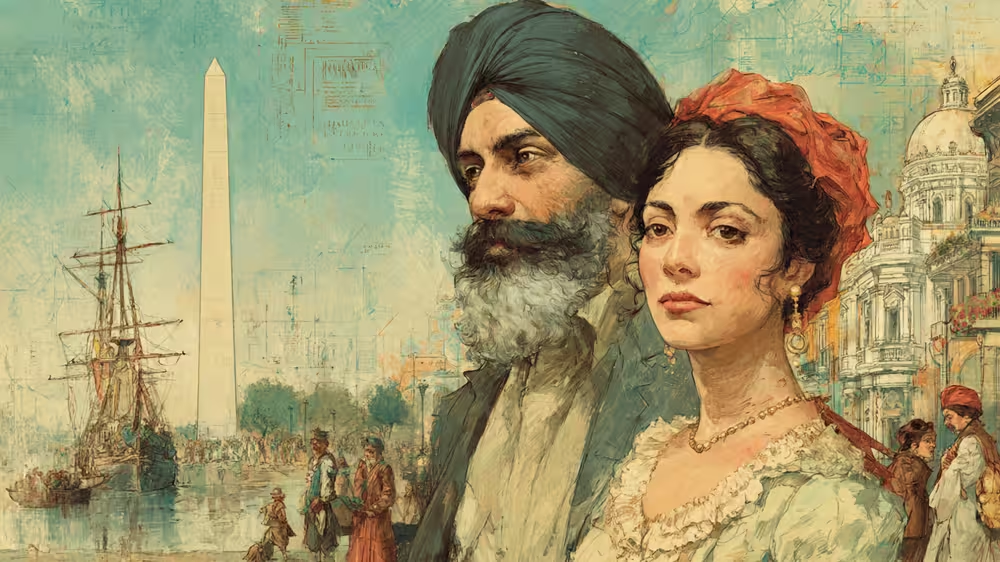 Sikhs in Argentina
Sikhs in Argentina
-
 The Heartbreaking Journey of Harjit Kaur
The Heartbreaking Journey of Harjit Kaur
-
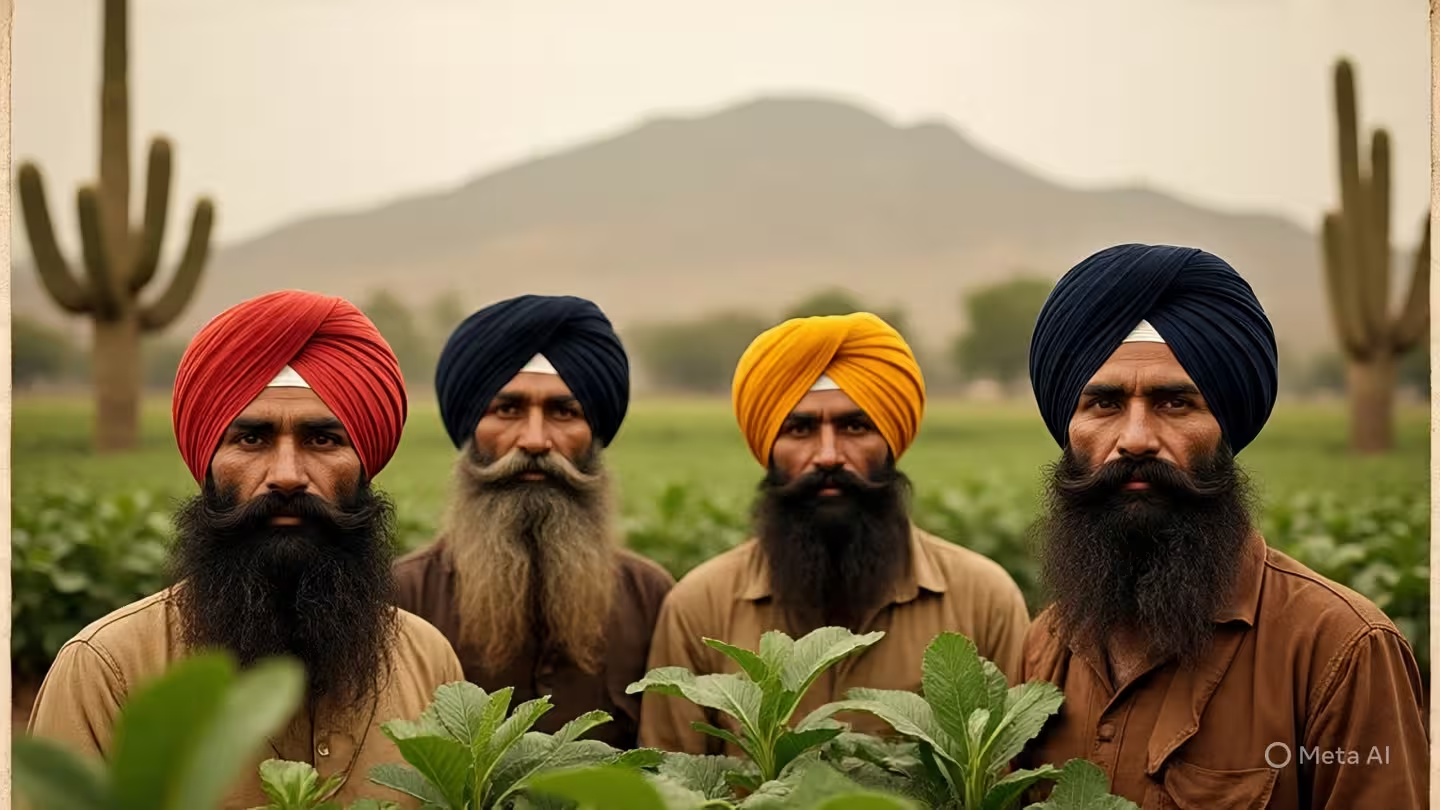 Sikhs in Mexico
Sikhs in Mexico
-
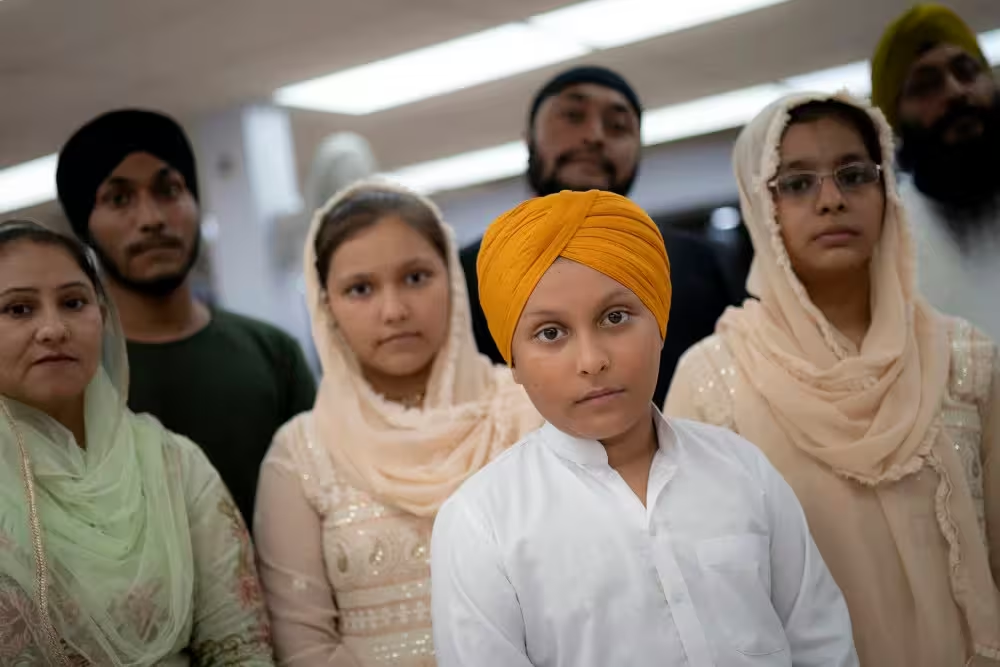 The Bitter Exodus of Sikhs from Afghanistan
The Bitter Exodus of Sikhs from Afghanistan
-
 Decline of Sikhs in China
Decline of Sikhs in China
-
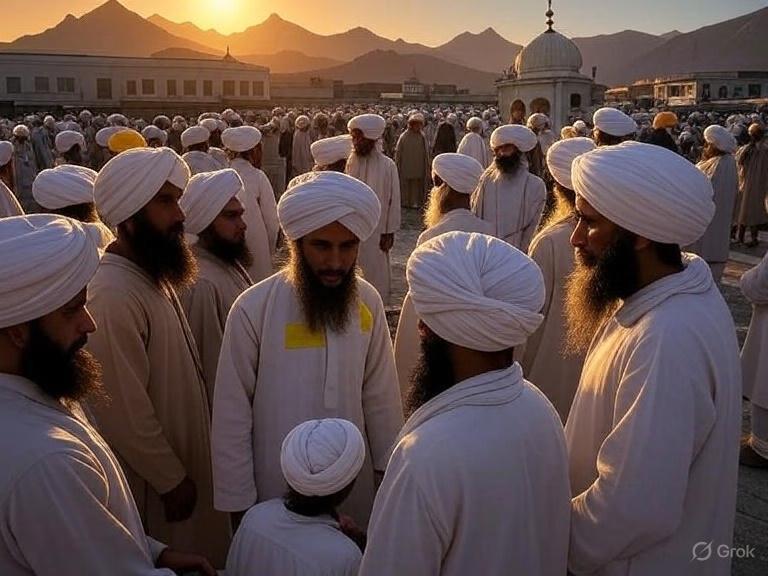 Sikhs in Afghanistan
Sikhs in Afghanistan
-
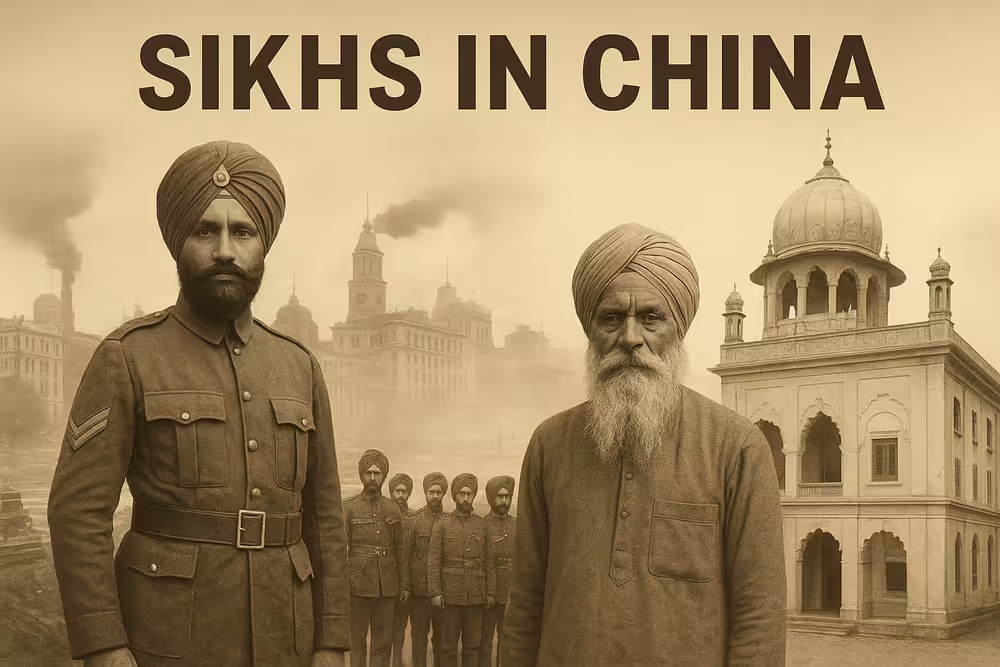 Sikhs in China
Sikhs in China
-
 Famous Sikhs in Singapore
Famous Sikhs in Singapore
-
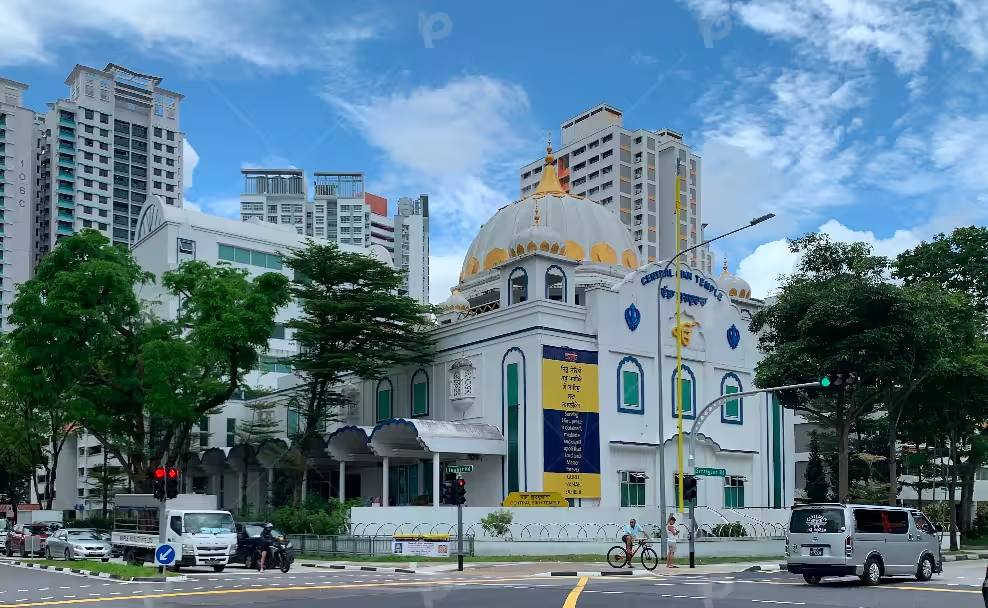 Sikh Gurdwaras in Singapore
Sikh Gurdwaras in Singapore
-
 Sikhs in Singapore
Sikhs in Singapore
-
 Famous Sikhs in Italy
Famous Sikhs in Italy
-
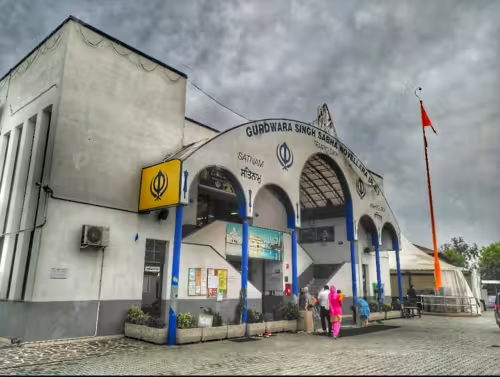 Sikh Gurdwaras in Italy
Sikh Gurdwaras in Italy
-
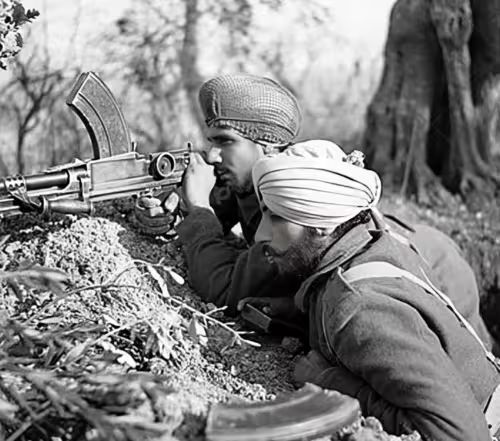 Sikhs in Italy
Sikhs in Italy
-
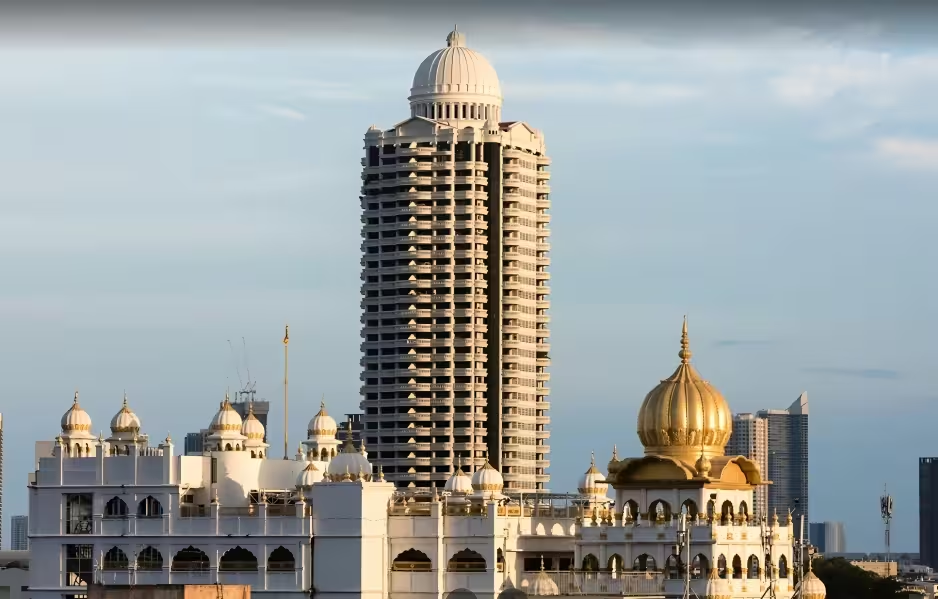 Sikhs in Thailand
Sikhs in Thailand
-
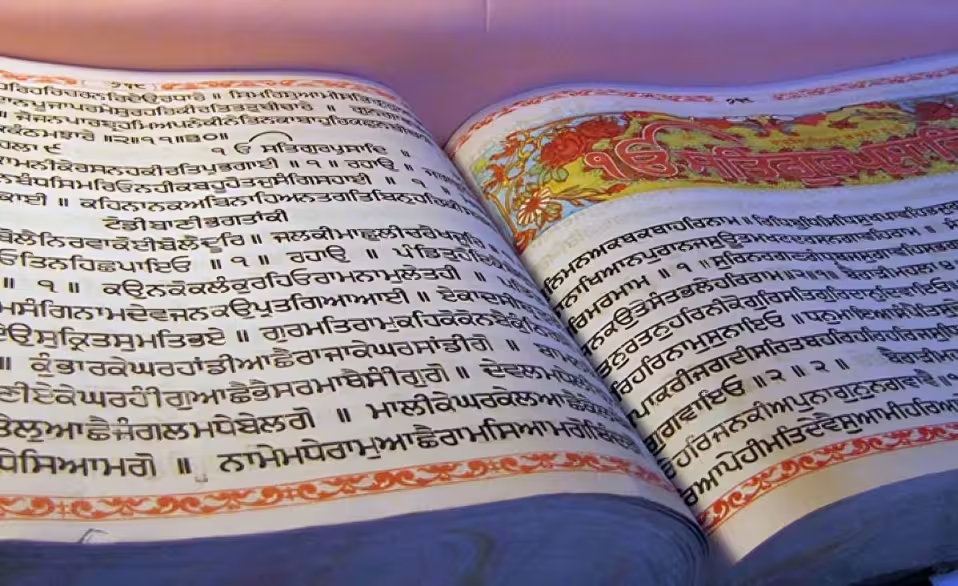 First copy of Guru Granth Sahib in new Zealand
First copy of Guru Granth Sahib in new Zealand
-
 First Sikh Doctor in Yuba City
First Sikh Doctor in Yuba City